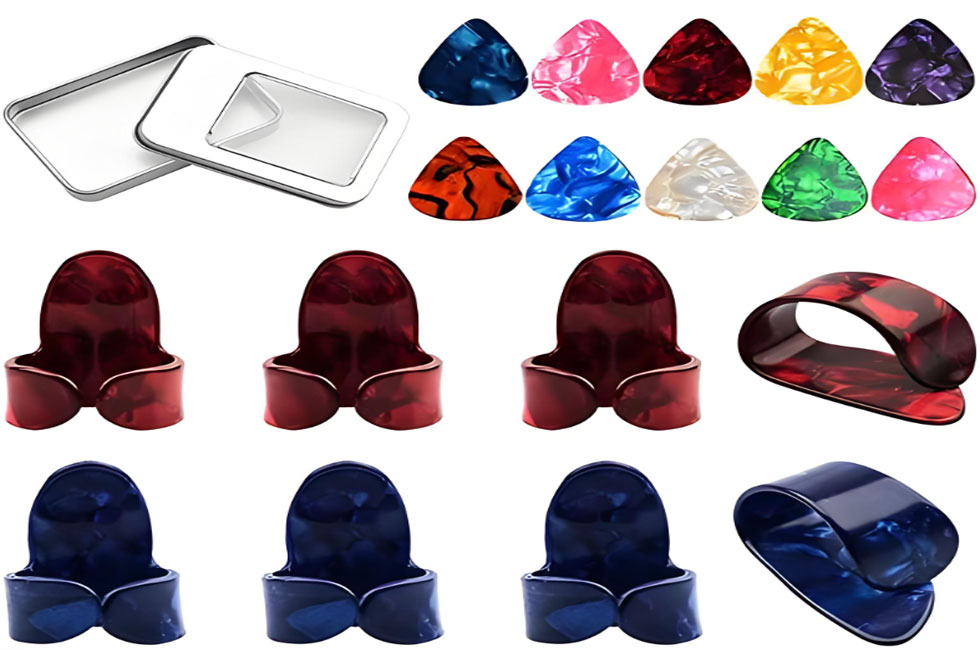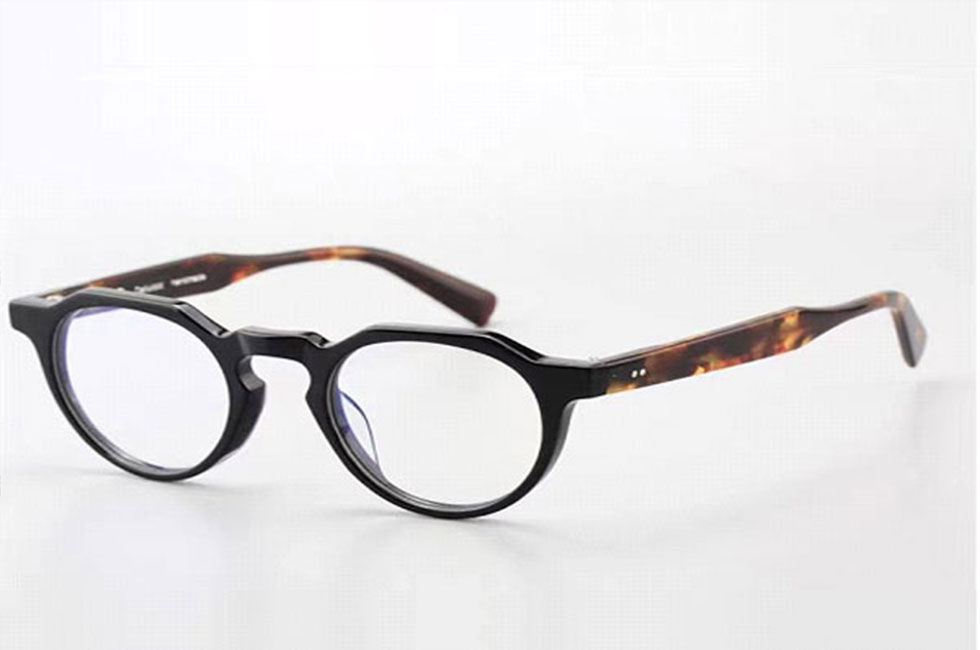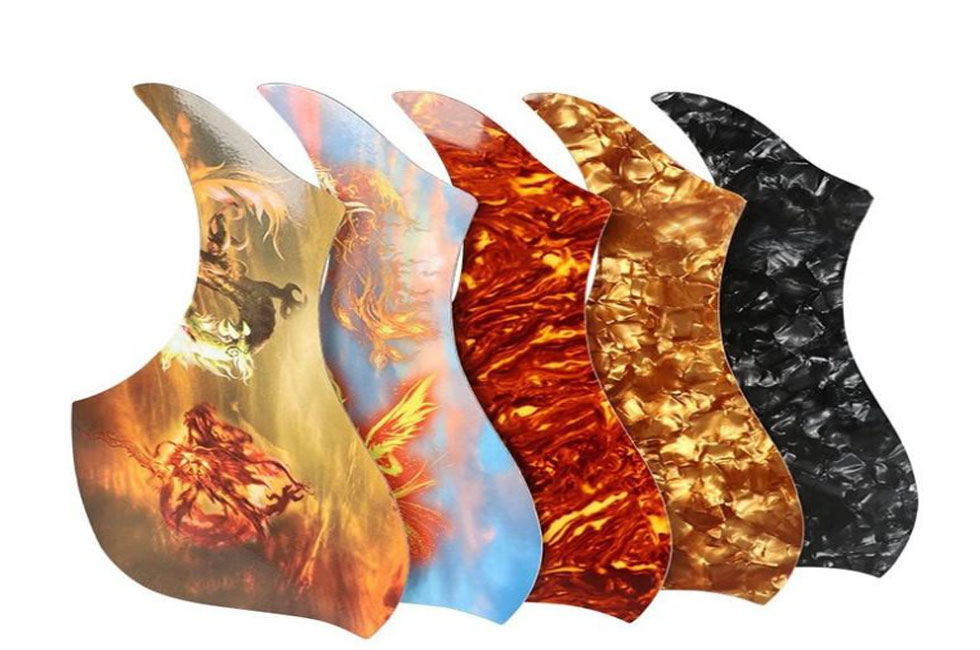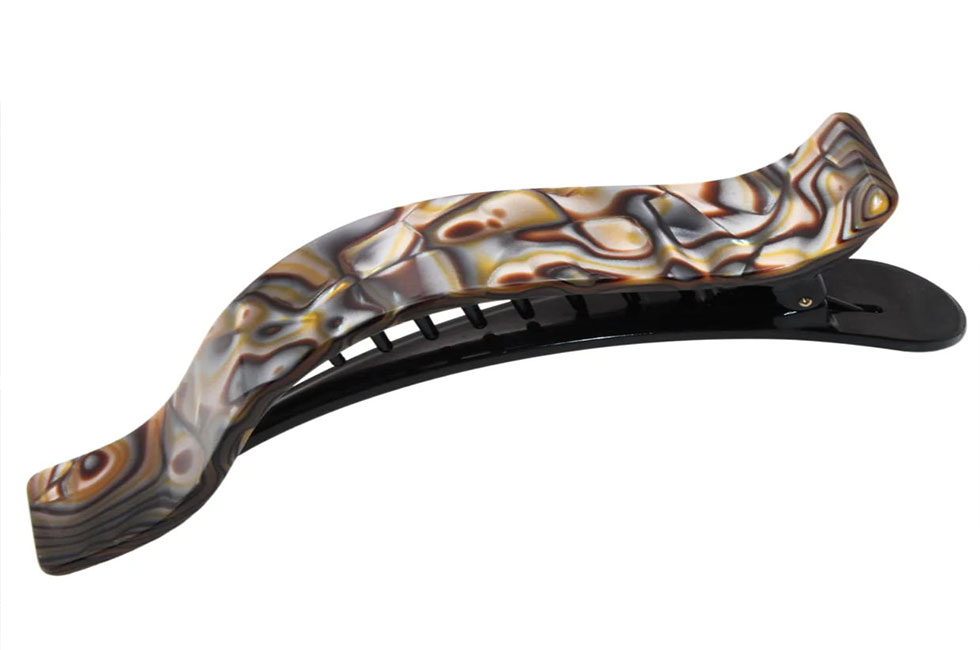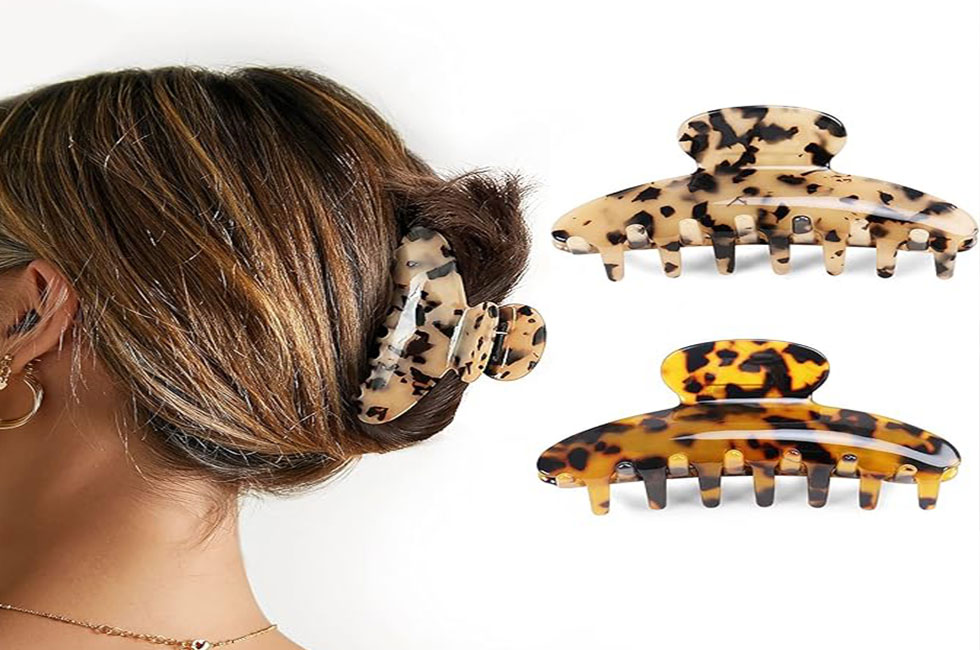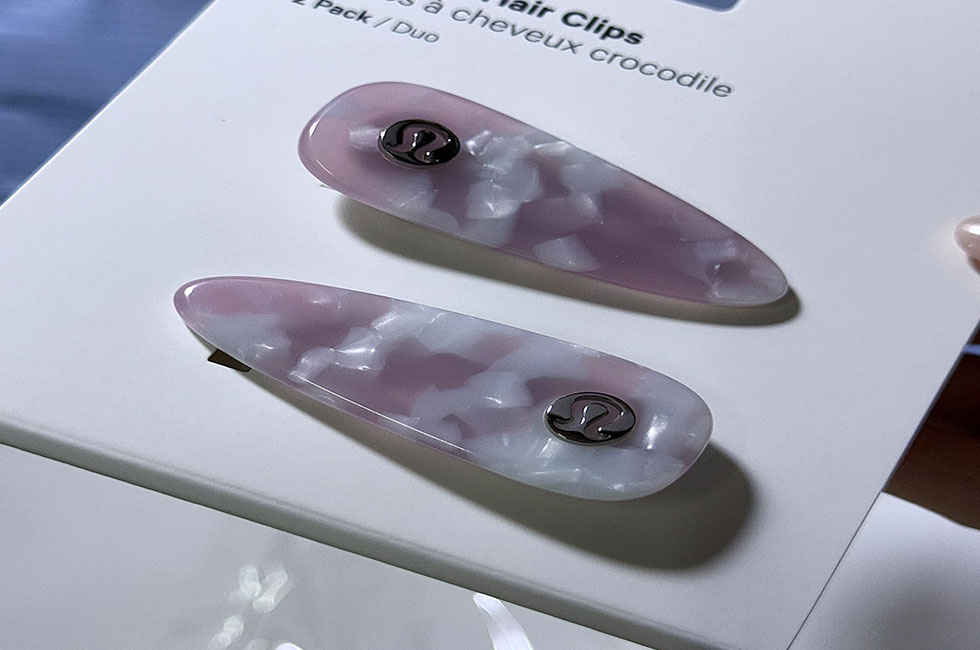Celluloid Thumb Picks: A Masterful Journey Between Fingertips and Strings
For players of plucked instruments, the thumb pick is their closest companion. Whether improvising on guitar or rapidly twirling on the banjo, a comfortable pick allows notes to flow more freely from the fingertips. Among many materials, the popularity of celluloid thumb picks reflects players’ persistent pursuit of “feel” and a deep understanding of musical expression.
I first discovered the wonders of celluloid at a gathering of guitar enthusiasts. A veteran player compared two picks: “Look at this plastic one. It’s as hard as a razor blade, and it hurts my thumb after playing for a long time. Now try this celluloid one. It feels slightly warm in my hand, and it deforms slightly with the curve of my fingertips when I apply pressure.” He demonstrated a country blues piece. The moment the celluloid pick touched the strings, it had the crispness of a plastic pick combined with the warmth of wood, giving the rhythm a more breathy quality. Later, I learned that to find the right pick, he experimented with over a dozen materials, from horn to resin, before ultimately finding a balance in celluloid—hard enough to support fast picking, yet not too rigid to allow for interaction with the fingertips.
Celluloid’s malleability allows it to adapt to the preferences of different players. Some prefer the thin 0.7mm version, saying it allows for more sensitive detection of string vibrations during fingerstyle, while others insist on the thick 1.2mm version, finding it more powerful when strumming notes. Even more remarkable is its cutting process: the edges can be polished to a smooth curve for players who prefer a softer tone, or to a sharp right angle for those seeking explosive power. These detailed adjustments aren’t the result of standardized production on a factory assembly line; rather, they’re the result of personalized customizations crafted by the pickmaker in the rehearsal room, observing players repeatedly playing the pick.
Anyone who has used a celluloid thumb pick will likely appreciate its adaptability. A new pick may feel a bit awkward at first, but with more playing time, a natural patina develops on the surface, adapting to the pressure of your fingertips like an old friend. One bassist said, “A good pick has a memory. The celluloid material memorizes the angle and pressure of your picking, so that even with your eyes closed, you can find the most comfortable contact point.” This intimacy with the instrument and your body is the most moving part of playing music—not a cold tool, but a warm companion.
Today, more and more players are adding celluloid thumb picks to their guitar cases. They may not have the glitz of precious metal picks, but their tangible feel proves that a truly good instrument is never made of rare materials, but rather adapts to the needs of the user, building a bridge between fingertips and strings to the essence of music. When the celluloid pick is raised again, the pulsating notes reflect the characteristics of the material and the player’s genuine love and reflection on music.
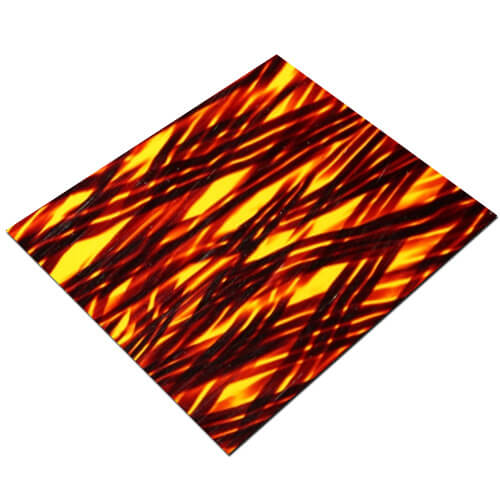
Contact us team
If you are interested in our article after reading it, please do not hesitate to send us an email to express your thoughts.

